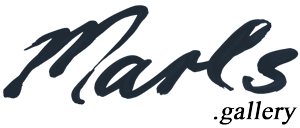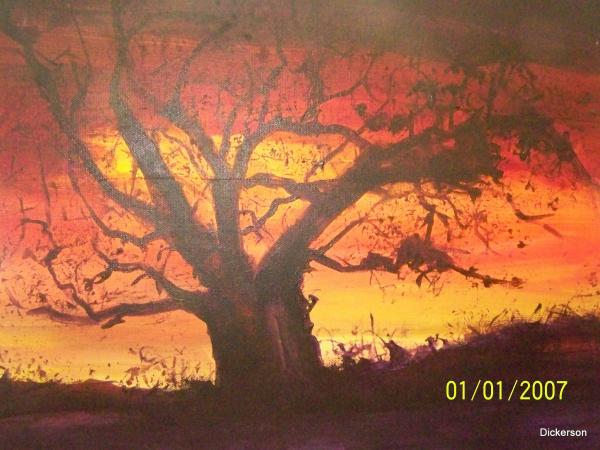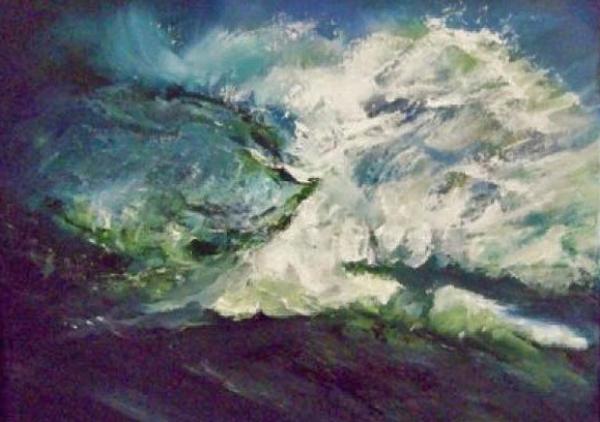Form
The word ‘form’ establishes the shape and spacial elements in a painting. It is interesting to note that the word ‘image’ is implicit in the word ‘imagination’, therefore, using imagination the artist has free rein to symbolically represent his thought in any way he or she wishes. The important aim of the artist being to clothe his mind idea into a finished result.
Line and Shape
Line and shape are the essential work blocks used to present such form, and these relate to the spacial environment, as well as to the other tensions of representation of the composition and colour. When colour and tone are added, the form no longer stands isolated, as this tension now predominates to enact the finished work.
To achieve true realism, the illusion of three dimensional form has to be created. This applies equally to still life, landscape, figure work and to portraiture. The key to achieving such three dimensional form is firstly in accurate representation of the subject and in the main identifying how reflected light from the surroundings shapes the subject. Light in the shade has a lighter value and form is modeled by the artist who identifies how colours change in the shadow. These are the key ideas in modeling form.
Movement
Light is also used to create the illusion of movement. This coupled with colour and texture (brushstrokes / style) allows the artist to incorporate movement into the artwork so that the observer can experience the power, majesty or intensity of the subject.
Featured painting
The featured painting for this blog post is titled ‘Orlando Stadium’. This painting captures the terrifying power and the raw emotion of the protest in Orlando Stadium, South Africa in June 1976 (during the Apartheid era). The day started as a peaceful protest but ended with deaths and marked the start of the Soweto Uprising.

![Orlando Stadium [1990] by Marlene Dickerson](https://marls.gallery/wp-content/uploads/2017/07/A1600117.jpg)


